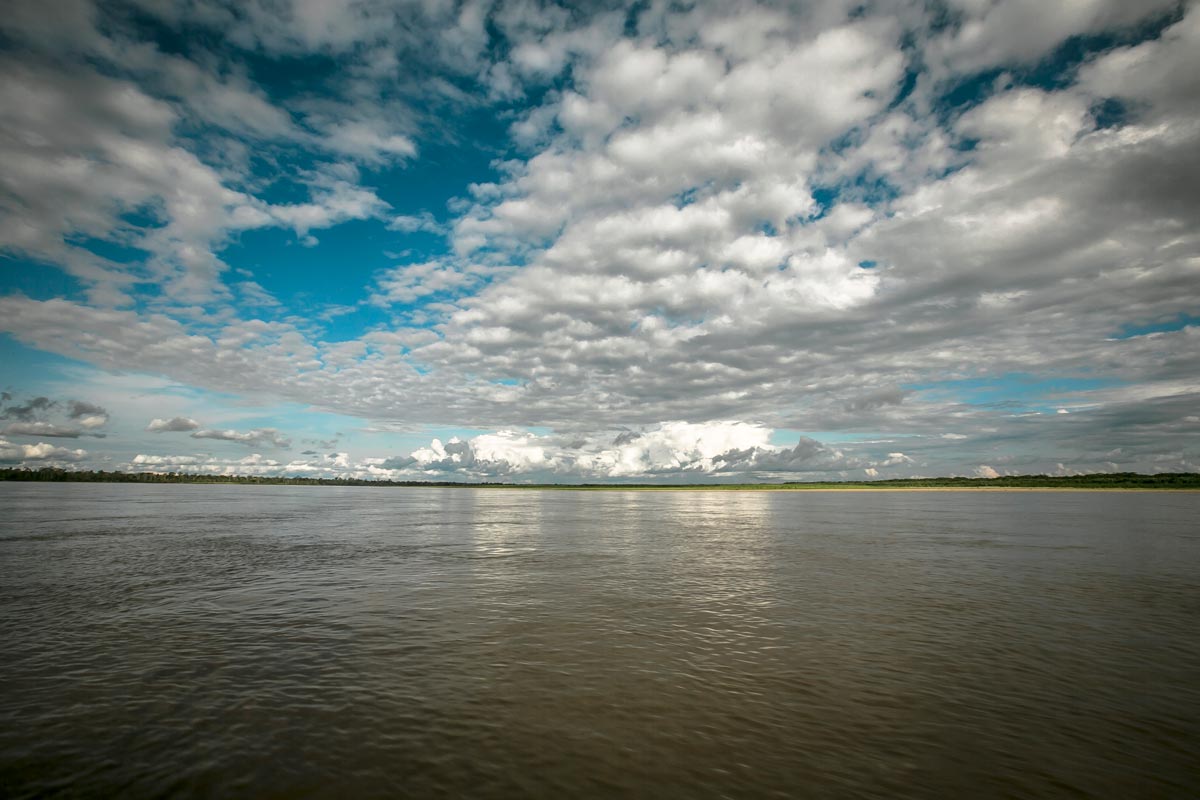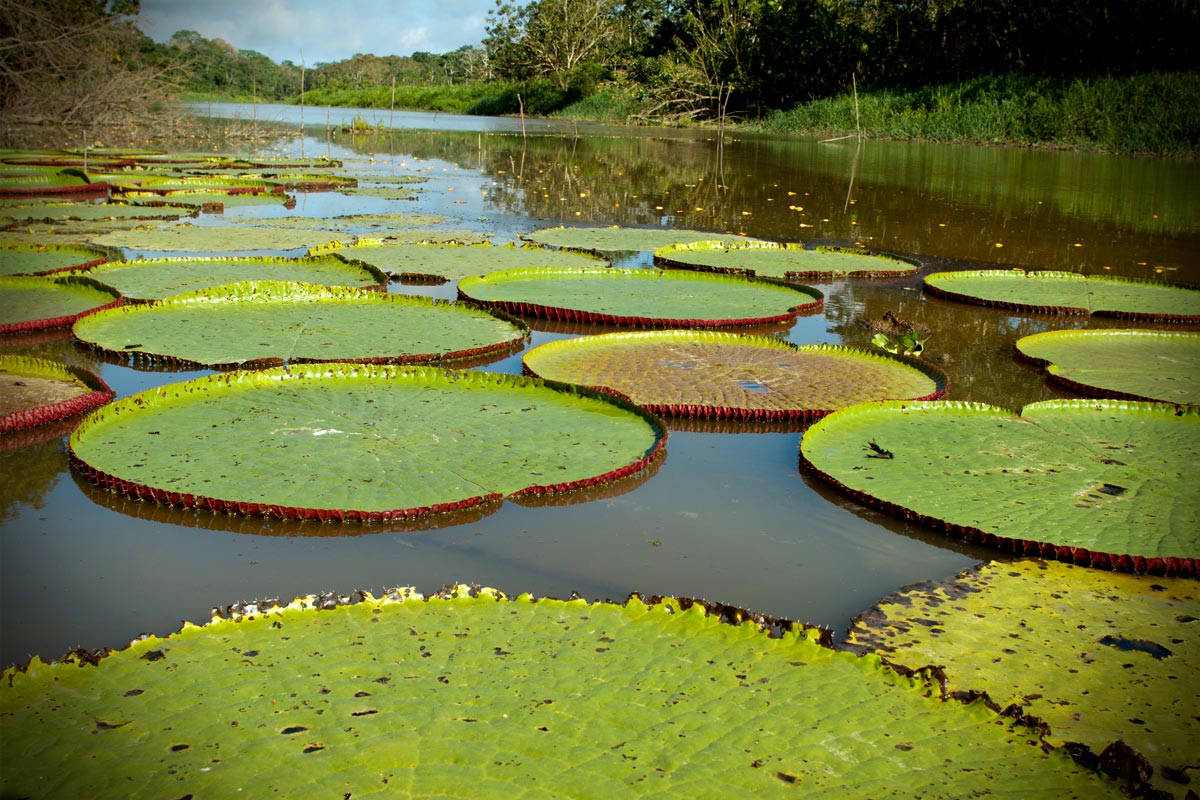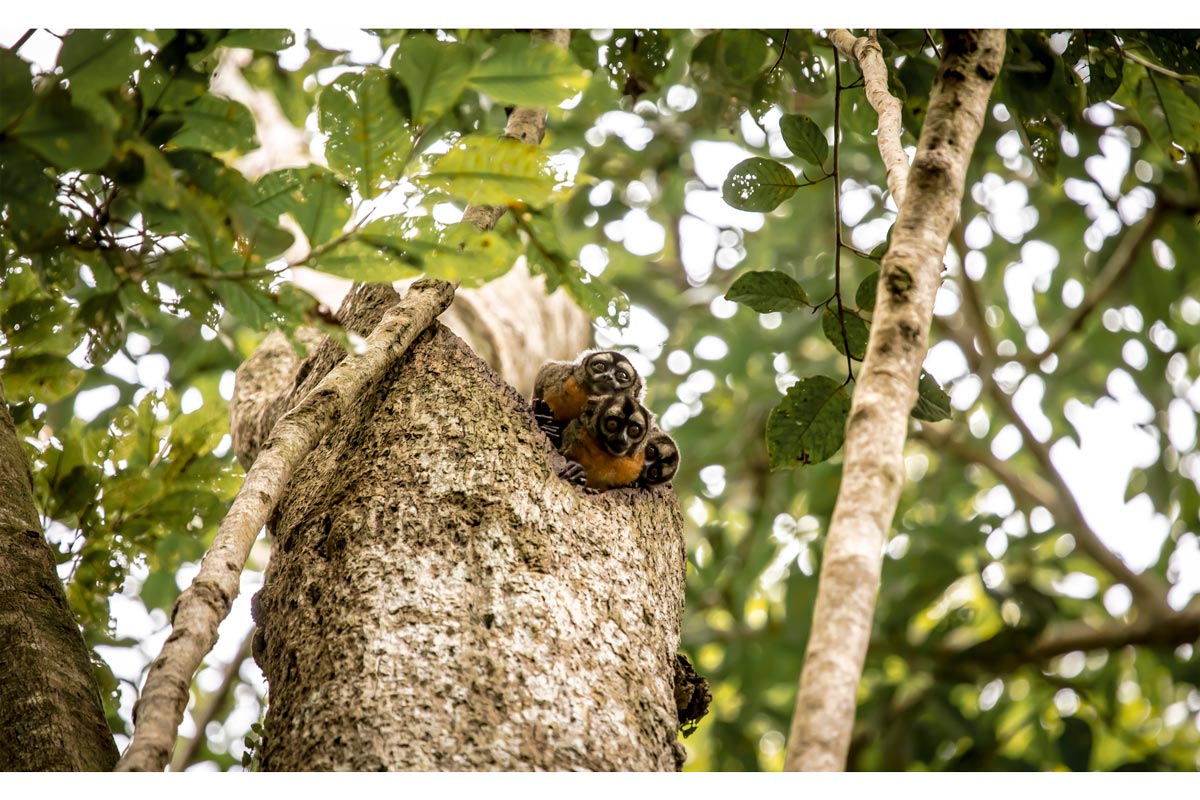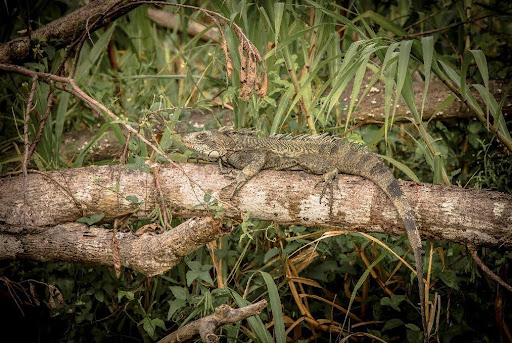The Exotic Amazon Rainforest, A Journey into the Heart of Nature, is undeniably one of the most biodiverse and captivating destinations on Earth. Therefore, embarking on tours to the Peruvian Amazon offers an unparalleled experience. It is filled with vibrant wildlife, lush greenery, and intriguing local cultures. In this blog post, we’ll explore the wonders of the Amazon Rainforest. We will also answer common questions and provide essential facts to inspire your next adventure.
Discovering the Amazon: An Overview of the Rainforest
Understanding the Amazon Rainforest
The Amazon Rainforest, also known as Amazonia, is a vast tropical rainforest that spans multiple countries in South America. It is one of the most biodiverse regions on the planet. Furthermore, it plays a crucial role in global climate regulation.
- Location: Spans nine countries, primarily Brazil, Peru, Colombia, and Venezuela.
- Size: Covers approximately 2.1 million square miles, about the size of the continental United States.
- Biodiversity: Home to 10% of all known species on Earth, including a vast array of plants, animals, and insects.
- Climate: Tropical with high humidity and significant rainfall year-round, averaging around 2000 mm annually.
- Environmental Role: Acts as a significant carbon sink, absorbing millions of tons of carbon dioxide annually.
The Amazon Rainforest is often referred to as the “lungs of the Earth” This is due to its massive production of oxygen through photosynthesis. In fact, the Amazon produces about 20% of the world’s oxygen. This makes it vital for maintaining global air quality. The rainforest’s dense canopy blocks much of the sunlight. Additionally, it creates a unique microclimate below, supporting diverse ecosystems that thrive in low light conditions.
Moreover, the rainforest is also a crucial source of fresh water, with the Amazon River and its tributaries comprising the largest drainage system in the world. These waterways provide essential resources for both wildlife and human populations. The sheer volume of water flowing through the Amazon River influences global water cycles and weather patterns.

Where is the Amazon Rainforest Located?
The Geographical Spread of the Amazon Rainforest
The Amazon Rainforest is predominantly located in Brazil but stretches across several other South American countries.
- Brazil: Contains about 60% of the rainforest, the largest portion.
- Peru: Holds the second-largest portion of the Amazon, known for its rich biodiversity and numerous eco-tourism opportunities.
- Colombia: Contains a significant part of the Amazon basin, known for its lush landscapes and diverse ecosystems.
- Other Countries: Venezuela, Ecuador, Bolivia, Guyana, Suriname, and French Guiana.
For instance, Brazil’s portion of the Amazon Rainforest is home to the largest protected area, the Amazon Rainforest National Park, which spans over 15 million acres. This vast area is a sanctuary for countless species and a popular destination for eco-tourists. The Peruvian Amazon, accessible through cities like Iquitos and Puerto Maldonado, offers a gateway to explore the remote and pristine parts of the rainforest. Peru’s Manu National Park and Tambopata National Reserve are renowned for their extraordinary biodiversity.
On the other hand, Colombia’s Amazon region, although smaller, is no less significant. It is characterized by its unique flora and fauna and the cultural richness of its indigenous communities. The country’s Amacayacu National Park, located in the southern part of the Amazon, is a prime spot for observing wildlife and learning about local cultures.
Furthermore, the Amazon Rainforest’s reach into countries like Venezuela and Ecuador contributes to the overall biodiversity and ecological complexity of the region. Each country within the Amazon basin plays a crucial role in the conservation and sustainable management of this vital global resource.

The Amazon River: Nature’s Artery
How Long is the Amazon River?
The Amazon River is one of the longest and most voluminous rivers in the world, playing a crucial role in the ecosystem of the Amazon Rainforest.
- Length: Approximately 4,345 miles (7,062 kilometers), making it the second-longest river in the world, just behind the Nile.
- Source: Originates from the Andes Mountains in Peru, flowing eastwards across the continent to the Atlantic Ocean.
- Discharge: Discharges more water than any other river, accounting for about 20% of the world’s total riverine discharge to the ocean.
- Basin: The Amazon basin covers about 2.7 million square miles, influencing weather patterns and supporting diverse habitats.
Moreover, the Amazon River’s vast network of tributaries includes some of the world’s largest rivers, such as the Madeira, Negro, and Tapajós rivers. These tributaries create a complex web of waterways that sustain the rainforest’s diverse ecosystems. During the rainy season, the river can expand up to 30 miles wide in some places, flooding surrounding forests and creating a unique, temporary aquatic habitat known as the “floating forest.”
Additionally, the river is home to an incredible variety of aquatic life, including more than 2,500 species of fish. Among these are the famous piranhas, electric eels, and the massive arapaima, one of the largest freshwater fish in the world. The Amazon River also supports populations of river dolphins, including the pink river dolphin, which is a highlight for many visitors.
The river’s role extends beyond providing a habitat for wildlife; it is also a vital resource for the indigenous communities living along its banks. These communities rely on the river for fishing, transportation, and agriculture. Traditional practices and knowledge of the river’s rhythms and cycles are integral to the sustainable management of these resources.

Fascinating Facts About the Amazon Rainforest
Intriguing Details About the Amazon Rainforest
The Amazon Rainforest is full of fascinating facts that highlight its importance and uniqueness.
- Species Diversity: Houses around 390 billion individual trees, divided into 16,000 species.
- Carbon Sink: Absorbs a significant amount of carbon dioxide, helping to mitigate global warming.
- River Dolphins: Home to pink river dolphins, unique to the Amazon River.
- Medicinal Plants: Contains numerous plants used in traditional medicine and modern pharmaceuticals.
- Cultural Significance: Hosts around 400-500 indigenous tribes, many with unique languages and traditions, contributing to its rich cultural diversity.
Indeed, the sheer scale of the Amazon’s biodiversity is staggering. It is estimated that one in ten known species in the world lives in the Amazon Rainforest. This includes iconic animals such as jaguars, sloths, and harpy eagles, as well as countless lesser-known species of insects, amphibians, and microorganisms that play critical roles in the ecosystem.
Furthermore, the rainforest’s flora is equally impressive, with thousands of plant species that have yet to be fully studied. Many of these plants possess unique properties that have been used for centuries by indigenous peoples for medicinal purposes. Modern science continues to discover new compounds from Amazonian plants that have potential applications in pharmaceuticals, highlighting the importance of preserving this rich genetic reservoir.
In addition, the Amazon is also home to a vast array of birds, making it a paradise for birdwatchers. Species such as macaws, toucans, and parrots are not only visually stunning but also play crucial roles in seed dispersal and maintaining the health of the forest.

Why Choose Tours to the Peruvian Amazon?
Benefits of Touring the Peruvian Amazon
Tours to the Peruvian Amazon offer a unique and enriching experience for travelers.
- Accessibility: Easier access compared to other parts of the Amazon, with well-developed tourism infrastructure.
- Diverse Ecosystems: Features various habitats, from lowland rainforests to cloud forests, each offering distinct experiences.
- Wildlife Sightings: Higher chances of seeing iconic wildlife such as jaguars, macaws, giant otters, and numerous bird species.
- Cultural Experiences: Opportunities to interact with indigenous communities and learn about their traditions, crafts, and way of life.
- Adventure Activities: Options for kayaking, jungle trekking, canopy walks, and river cruises.
The Peruvian Amazon is renowned for its accessibility and the variety of tours available. Visitors can choose from luxury lodges, rustic jungle camps, or river cruises, each offering unique ways to experience the rainforest. The Tambopata National Reserve and Manu National Park are two of the most popular destinations within the Peruvian Amazon, known for their pristine environments and exceptional wildlife viewing opportunities.
Moreover, tour operators in the Peruvian Amazon are often committed to sustainable practices, ensuring that tourism supports conservation efforts and benefits local communities. Guided tours provide invaluable insights into the ecology and culture of the region, enhancing the overall experience for visitors.
Interacting with indigenous communities is, in fact, a highlight for many travelers. These communities offer a glimpse into a way of life that is closely connected to the natural environment. Visitors can learn about traditional crafts, medicinal plants, and sustainable living practices, gaining a deeper appreciation for the rainforest and its inhabitants.
Exploring the Floating Forest in the Amazon
The Phenomenon of the Floating Forest
The floating forest is a unique seasonal phenomenon in the Amazon Rainforest.
- Occurrence: Happens during the rainy season (December to May) when the forest floor is submerged by rising river levels.
- Appearance: Trees appear to float on the water surface, creating a surreal and magical landscape.
- Ecosystem: Creates a unique habitat for aquatic and terrestrial species, fostering a rich and diverse ecosystem.
- Experience: Offers a distinct and surreal experience for visitors, with opportunities for canoeing and observing wildlife adapted to this unique environment.
During the rainy season, the Amazon River and its tributaries swell, inundating vast areas of the forest. This seasonal flooding transforms the landscape, allowing trees to thrive in waterlogged conditions. The floating forest is an incredible sight, with trees, plants, and even animals adapting to the temporary aquatic environment.
Additionally, visitors to the floating forest can explore this unique ecosystem by canoe or boat, gliding through the submerged trees and observing the wildlife that inhabits this ephemeral habitat. The flooded forest provides a home for various species of fish, birds, and mammals, creating a dynamic and ever-changing environment.
The floating forest is also an important breeding ground for many aquatic species. Fish migrate into the flooded areas to spawn, while birds and mammals take advantage of the abundant food resources. This seasonal abundance supports a high level of biodiversity and makes the floating forest a crucial component of the Amazon’s ecological cycles.
Wildlife Encounters in the Amazon Rainforest
Must-See Wildlife in the Amazon
The Amazon Rainforest is a haven for wildlife enthusiasts.
- Mammals: Jaguars, sloths, capybaras, howler monkeys, and giant anteaters.
- Birds: Harpy eagles, toucans, macaws, hoatzins, and over 1,300 bird species.
- Reptiles: Anacondas, caimans, iguanas, and various species of turtles.
- Aquatic Life: Pink river dolphins, piranhas, electric eels, and arapaima (one of the largest freshwater fish).
- Insects: Countless species, including colorful butterflies, beetles, and exotic ants.
Wildlife sightings in the Amazon Rainforest are often a highlight for visitors. The dense foliage and diverse habitats support an astonishing variety of animals, many of which are endemic to the region. For instance, spotting a jaguar, the apex predator of the Amazon, is a rare and thrilling experience. These elusive cats are most often seen along riverbanks or in open areas during the dry season.
Moreover, sloths, with their slow movements and unique adaptations, are a favorite among visitors. These tree-dwelling mammals are well-camouflaged and can be challenging to spot, but guided tours increase the chances of sightings. Similarly, howler monkeys, known for their loud calls that can be heard for miles, are another iconic species of the Amazon.
Birdwatching in the Amazon is unparalleled, with the region hosting an incredible diversity of bird species. The vibrant plumage of macaws and toucans adds splashes of color to the green canopy, while the harpy eagle, one of the largest and most powerful raptors, reigns supreme in the skies.
Reptiles and amphibians are also abundant, with species ranging from the massive anaconda to the tiny poison dart frog. Additionally, the Amazon’s waterways are teeming with life, offering opportunities to see river dolphins, piranhas, and other fascinating aquatic creatures.
Sustainable Tourism in the Amazon
The Importance of Sustainable Tourism
Sustainable tourism is vital for the preservation of the Amazon Rainforest and the well-being of its inhabitants.
- Eco-friendly Practices: Choose tours that minimize environmental impact, such as using eco-lodges and limiting waste.
- Local Communities: Support local economies by purchasing locally-made crafts and participating in community-led tours.
- Conservation Efforts: Participate in or donate to conservation projects aimed at protecting wildlife and habitats.
- Education: Learn about the rainforest’s ecology and the importance of conservation, fostering a deeper appreciation and commitment to preservation.
Sustainable tourism in the Amazon focuses on balancing the needs of visitors with the preservation of the environment and the well-being of local communities. Eco-lodges and sustainable tour operators, therefore, implement practices that reduce waste, conserve energy, and minimize the ecological footprint of tourism activities. These efforts are crucial for maintaining the delicate balance of the rainforest ecosystem.
Supporting local communities is a key component of sustainable tourism. By purchasing locally-made crafts, participating in cultural tours, and using local guides, tourists contribute to the economic well-being of the communities they visit. This support helps to ensure that tourism benefits everyone involved and encourages the continuation of traditional practices and knowledge.
Furthermore, conservation projects play a vital role in protecting the Amazon’s unique biodiversity. Many tour operators and eco-lodges are involved in initiatives to protect endangered species, restore degraded habitats, and conduct research on the rainforest’s ecology. Tourists can participate in these projects through volunteer programs or by making donations.
Education is a powerful tool for conservation. By learning about the rainforest’s complex ecosystems and the challenges it faces, visitors can become advocates for its preservation. Guided tours often include educational components, providing insights into the flora, fauna, and cultural heritage of the Amazon.

Planning Your Amazon Adventure: Tips and Recommendations
Tips for Planning Your Amazon Tour
To make the most of your Amazon adventure, follow these essential tips.
- Best Time to Visit: The dry season (June to November) is ideal for trekking and wildlife spotting, while the wet season (December to May) offers the floating forest experience and lush, vibrant landscapes.
- Packing Essentials: Lightweight clothing, insect repellent, waterproof gear, sturdy footwear, a hat, sunscreen, and a good camera.
- Health Precautions: Ensure you have the necessary vaccinations (such as yellow fever) and bring along a basic first aid kit and any personal medications.
- Guided Tours: Opt for guided tours to navigate safely and gain insights from experienced guides who can share their knowledge of the rainforest’s flora, fauna, and cultural significance.
The best time to visit the Amazon depends on your interests. For example, the dry season, from June to November, offers better conditions for trekking and wildlife viewing, as animals are more concentrated around water sources. On the other hand, the wet season, from December to May, brings higher water levels, creating the floating forest phenomenon and providing unique opportunities for boat tours and exploring flooded areas.
Packing appropriately is essential for a comfortable and enjoyable trip. Therefore, lightweight, moisture-wicking clothing is recommended, along with a good pair of waterproof boots for jungle treks. Insect repellent is a must to protect against mosquitoes and other biting insects. A hat and sunscreen will help protect against the strong equatorial sun, and a quality camera is essential for capturing the incredible sights of the Amazon.
Health precautions are important when traveling to the Amazon. Thus, it is crucial to consult with a healthcare provider to ensure you have the necessary vaccinations and medications. A basic first aid kit should include items like bandages, antiseptic wipes, and any personal medications you may need.
Guided tours are highly recommended for exploring the Amazon safely and gaining a deeper understanding of its ecosystems. Experienced guides can identify plants and animals, explain the intricate relationships within the rainforest, and provide insights into the culture and history of the region.
Embrace the Adventure of the Amazon Rainforest
The Exotic Amazon Rainforest offers a once-in-a-lifetime experience for nature lovers and adventure seekers. With its rich biodiversity, fascinating indigenous cultures, and breathtaking landscapes, our tours to the Peruvian Amazon promise an unforgettable journey into the heart of nature. Therefore, plan your adventure today and immerse yourself in the wonders of the Amazon Rainforest.
By following the tips and recommendations outlined in this guide, you can ensure a safe, enjoyable, and impactful visit to the Amazon. Whether you’re drawn by the allure of wildlife encounters, the beauty of the floating forest, or the opportunity to learn from indigenous communities, the Amazon Rainforest has something to offer every traveler. Embrace the adventure and discover the magic of one of the world’s most extraordinary natural wonders with our expertly guided tours to the Peruvian Amazon.
Table of Contents
Toggle



